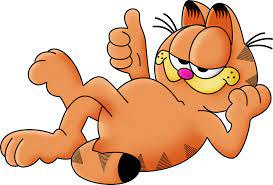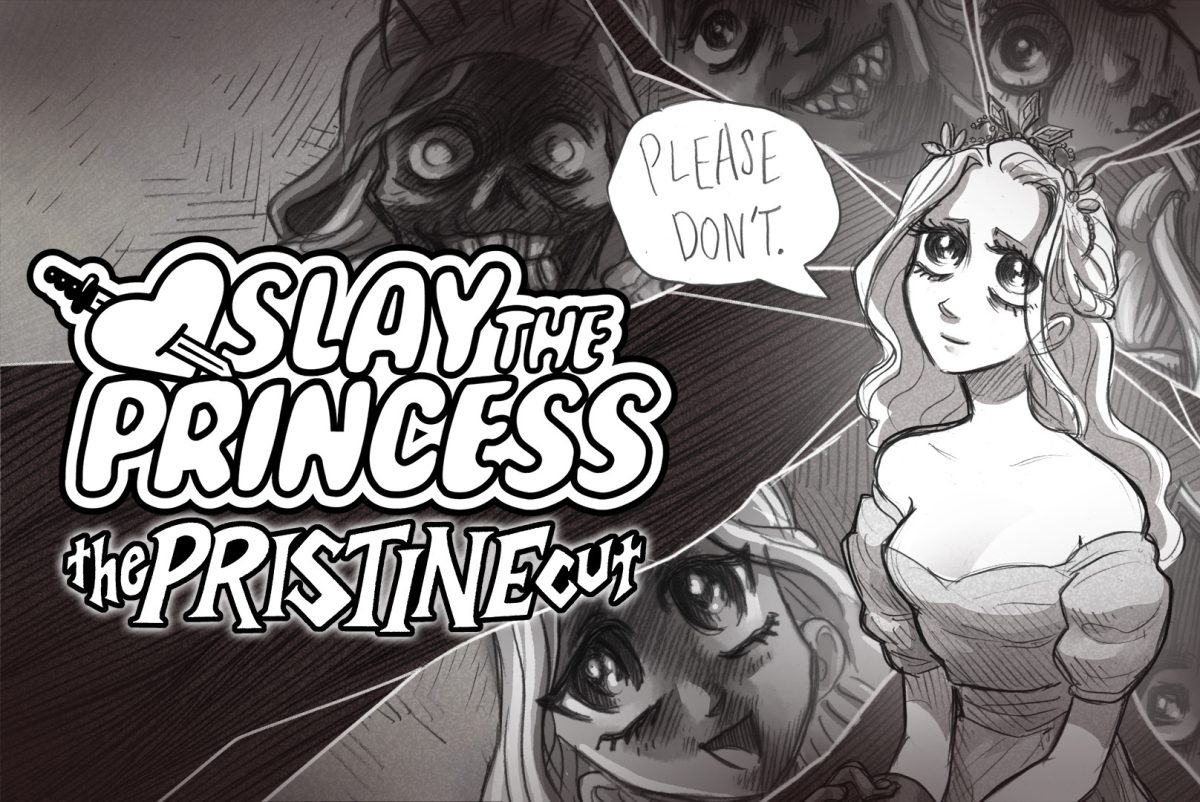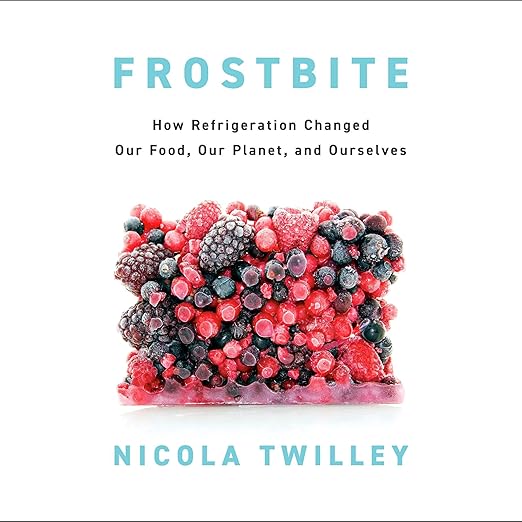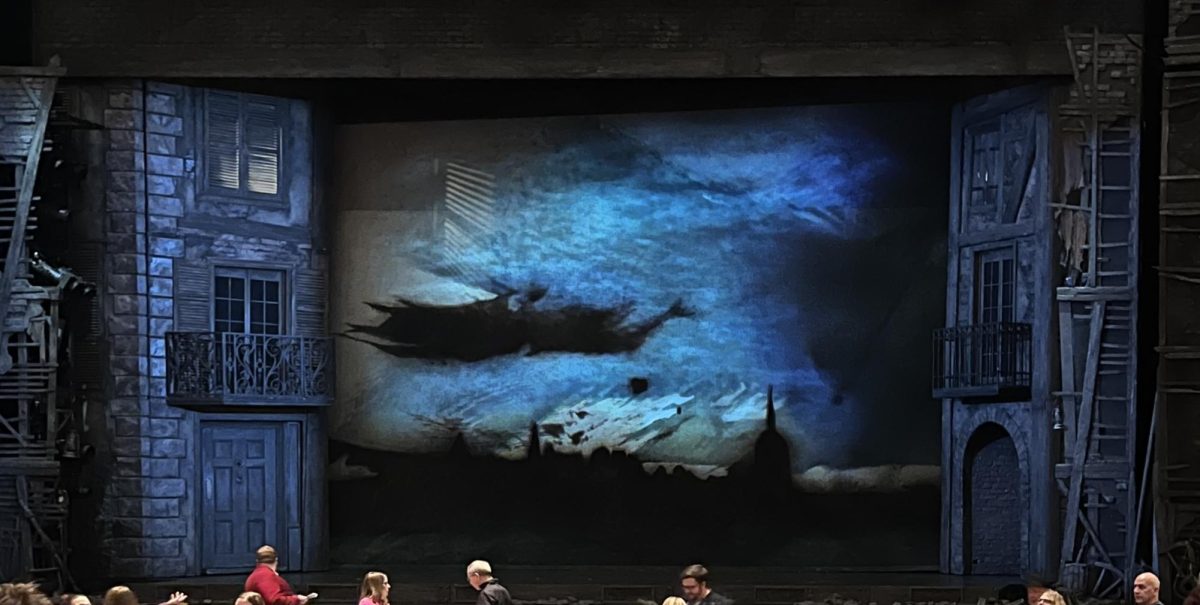We all know Garfield. Large, orange, and a bit evil. But what about his origins? What are the meanings of specific stories? Time to find out, and take a little journey into the history of Garfield and what it represents.
Record scratch. On June 19th, 1978, Garfield was born in the kitchen of Mamma Leoni’s Italian Restaurant. He was abandoned and left to fend for himself before being taken to a shelter where Jon Arbuckle adopted him. Jon’s roommate Lyman later left the comic, and Odie began living with Jon and Garfield.
To say the least, I find it a bit concerning that Garfield is 46 years old currently. Is he an immortal being kept alive by sheer willpower alone? Maybe. Or perhaps Garfield is just a cartoon and the point is to have fun reading it whilst occasionally learning some lessons.
At any rate, Garfield represents a lot of things about ourselves. How could he not? The entire point of the comics is that he’s a cat with human traits. We don’t need to share personalities with him for the comic itself to make a point.
We get to see snippets of a life, snippets of a family. It isn’t always dramatic, it doesn’t have to be. But when it is serious you notice it through the contrast of the happier moments. Garfield is usually sarcastic, so when he isn’t it helps highlight the underlying messages.
One example is the 1983 short film, Garfield on the Town. In the film, Garfield falls out of Jons’s truck on the way to the vet. Garfield runs into a gang of unfriendly alley cats and ends up in the now-abandoned Italian restaurant he was born in. There, he reunites with his mother Sonja.
While Jon is looking for him, Garfield meets the rest of his family. He meets his sickly brother Raoul and learns that his family are mousers. The unfriendly cat gang surrounds the building and Garfield cowers while his family fights them off.
Garfield says he’s sorry, but Sonja reassures him that they all envy his life and that she will always be there for him if he needs her. He sets off and collapses on the sidewalk just before being found by Jon and taken home.
My favorite part of the film is the ending when Garfield’s mother checks on him at his home before walking off. He sees her leave, and smiles while whispering, “Thanks Mom, for everything.”
That part hit me like a truck. It was so different from my general conception of Garfield, and I think that’s the point. It emphasized that even though their lives were different, they were still capable of loving each other.
Another example is a series of comic strips from October 23-28, 1989. Garfield wakes up alone and discovers that his home is abandoned. He is in a time where he no longer exists. It deals with existential dread and the fear that things are not real. Garfield is afraid of time passing and being alone.
It is a reminder that we are human, that it is a human thing to feel alone or to feel afraid. Even cats can experience fear of the unknown and fear of what comes next.
We as a society can deal with more challenging discussions through various kinds of media, comic strips being one of them. All this to say that I think Garfield is generally meant to be a lighthearted comic, but it can simultaneously deal with more serious things. Art is not necessarily one thing or the other, but a mix of both. When everything is serious all the time, it can take away from the meaning or weight of serious moments. Also, it’s nice to not be stressed all the time.
Overall, I really enjoy Garfield. It’s a nice nostalgic comic to read! Hopefully, this helps convince you to go back and read some of the books, and maybe help you notice the more important moments too.
(This was originally supposed to be satire, I’m not sure why it became genuine. I nearly cried while writing this, which I think says more about me than it does the actual comic. Nostalgia is powerful folks.)



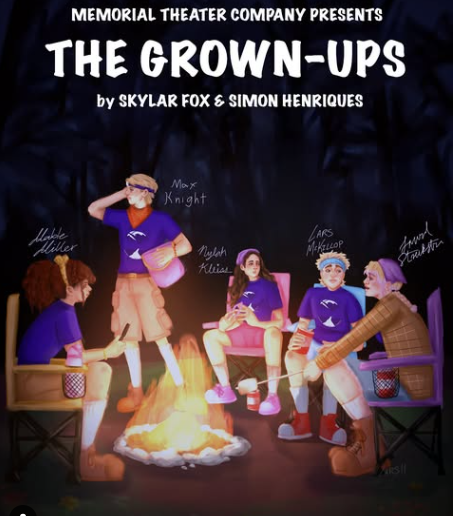






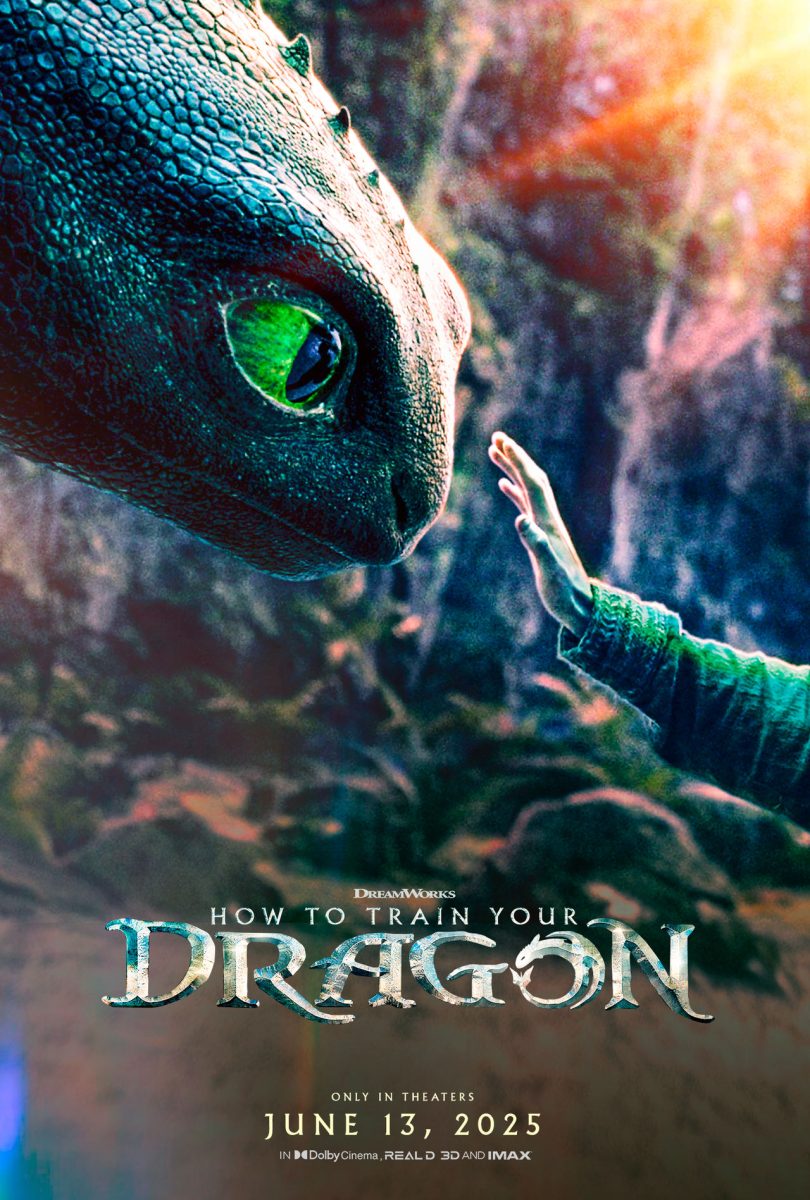

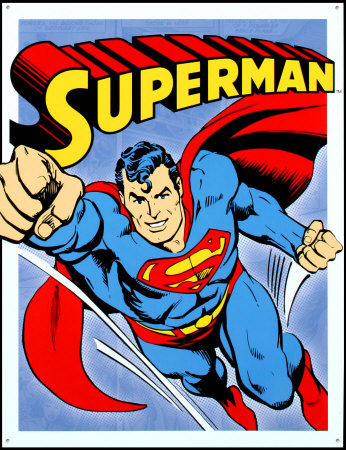
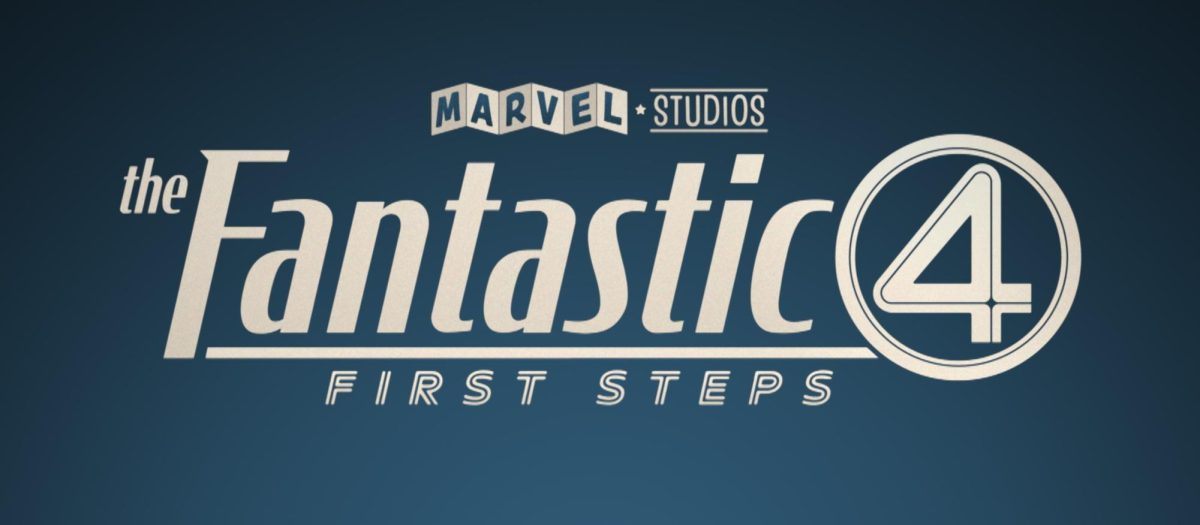











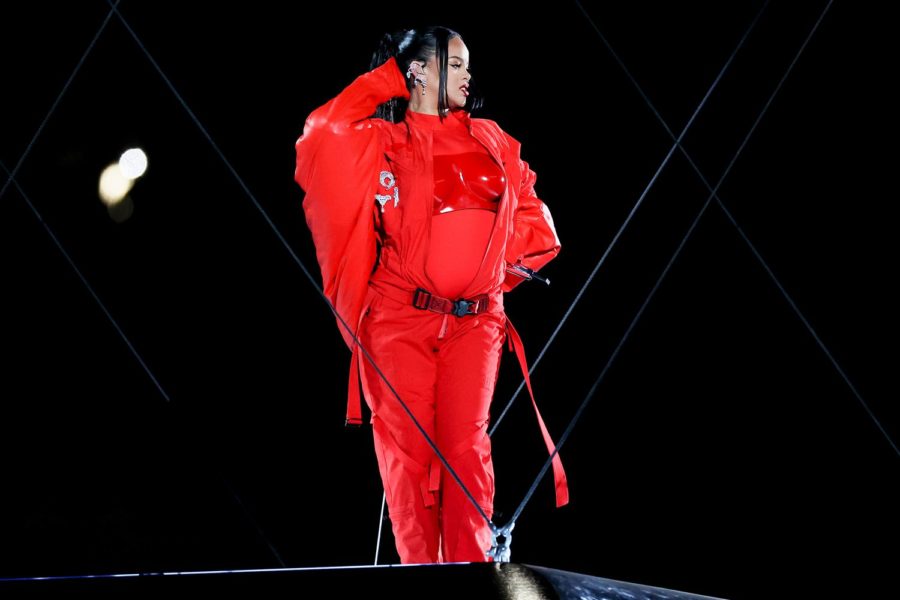





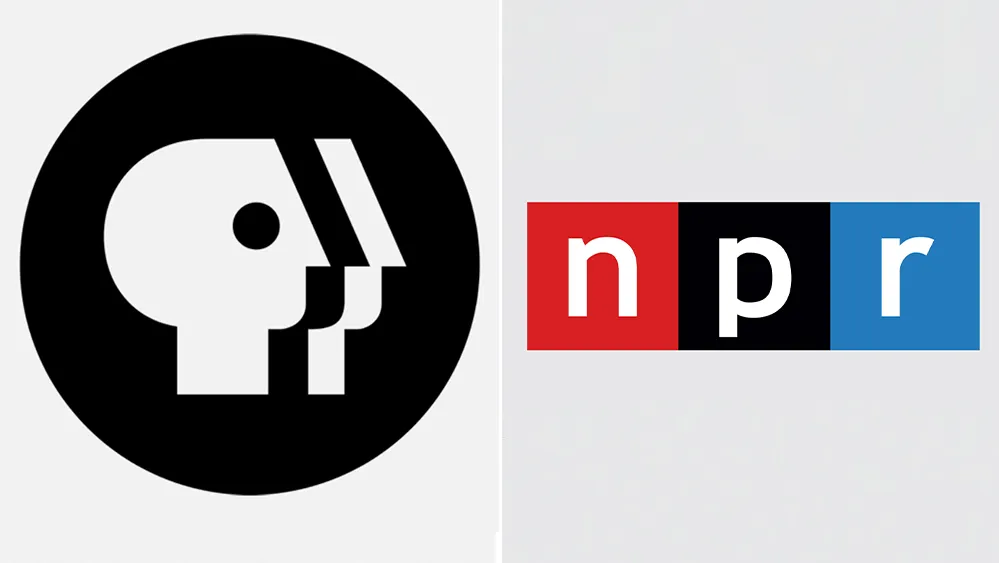








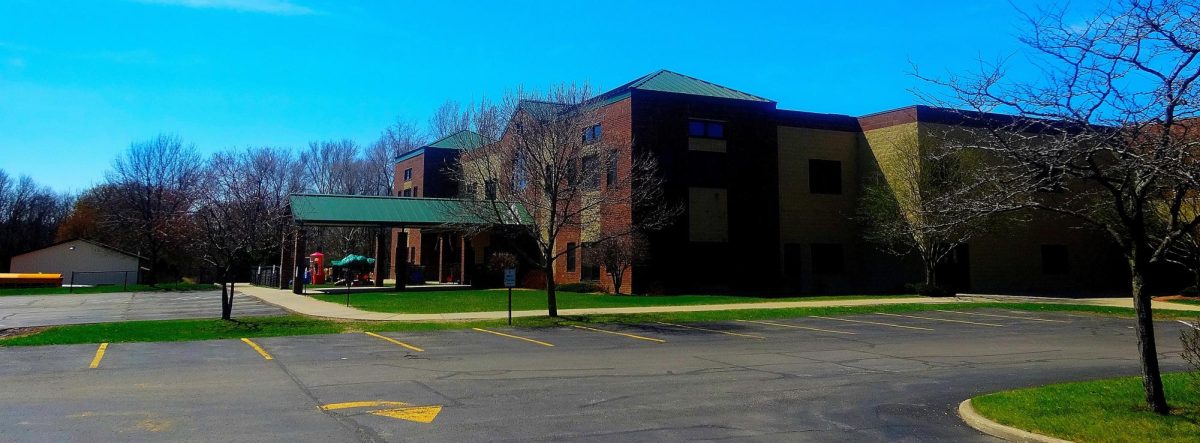
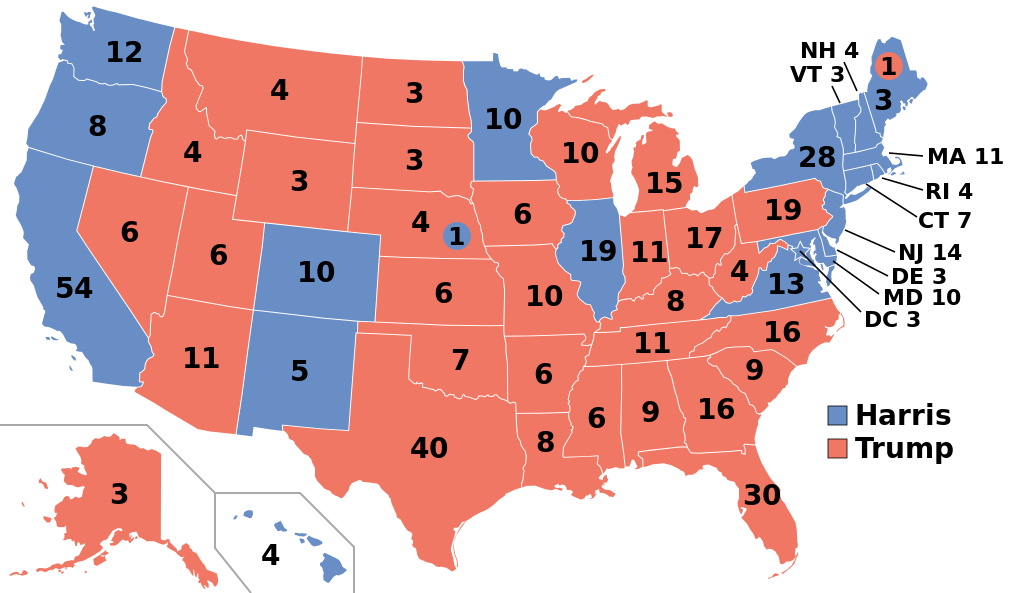
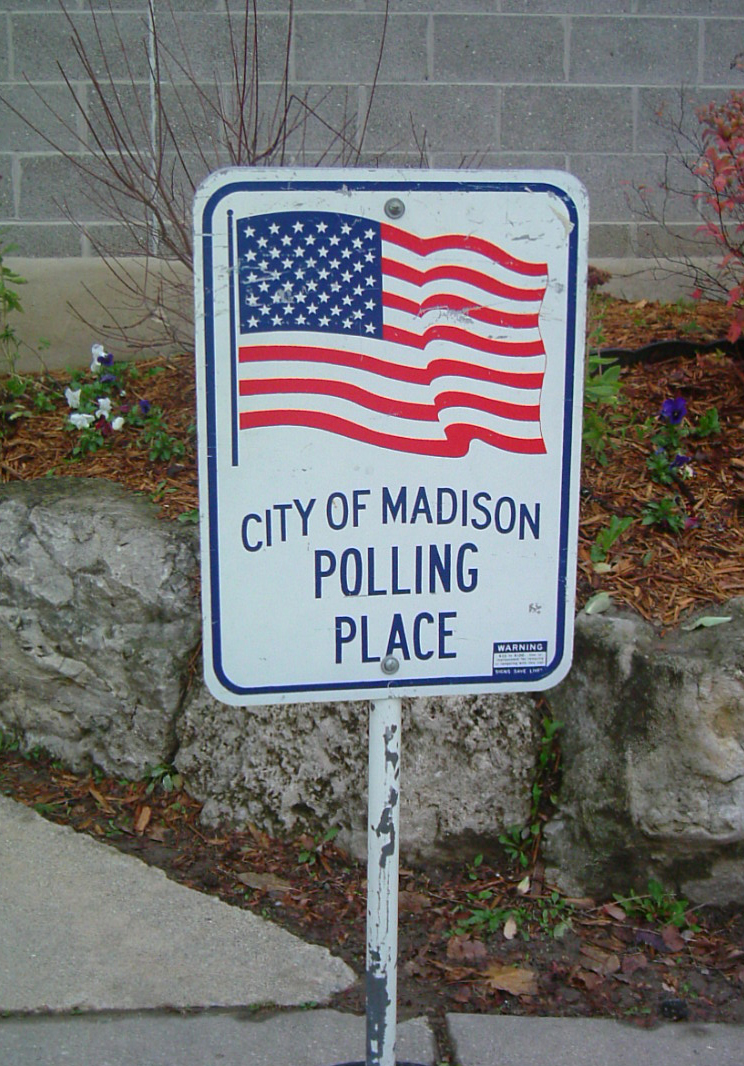






![Image credit to [puamelia]](https://memorialswordandshield.com/wp-content/uploads/2025/08/3435027358_ef87531f0b_o-1200x803.jpg)


